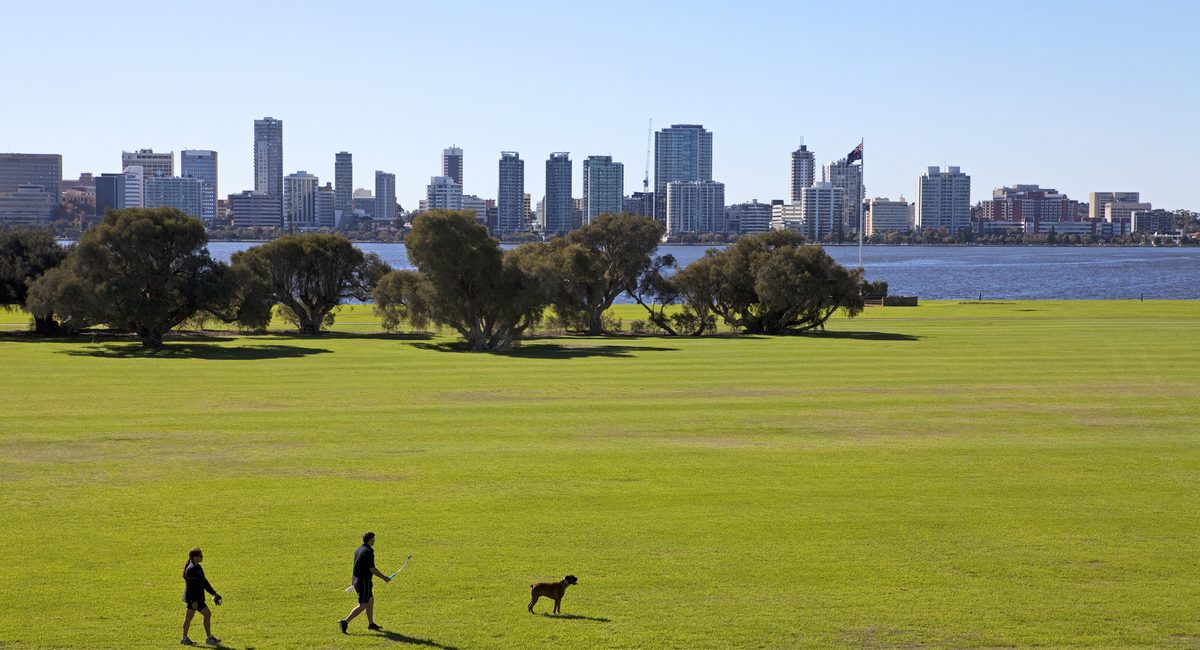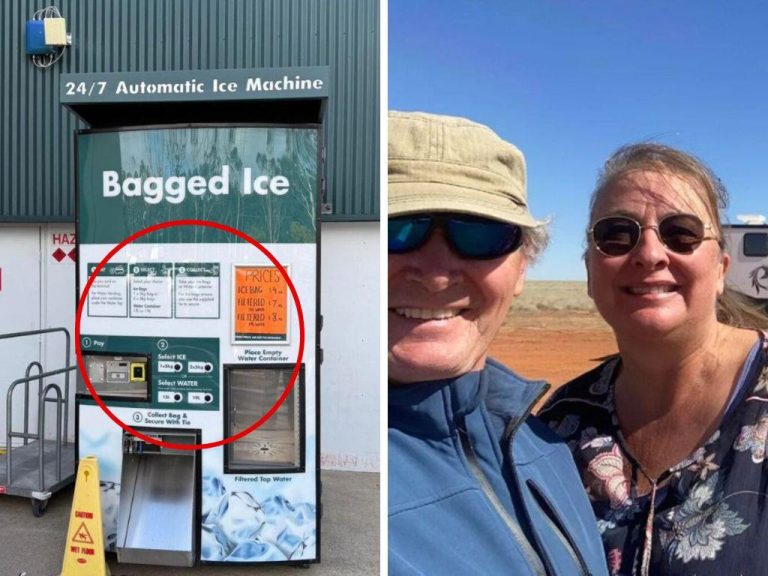Perth office market begins long road back

Doomsday predictions for Perth’s commercial property market should be a cause for optimism, not panic, one of WA’s senior office market directors says.
Savills Australia director of office leasing in Western Australia, Graham Postma, says that while most indicators point towards a market that will continue to struggle in the short term, there are already signs that things are on the improve.
Figures released in October from leasing agents JLL show Perth’s CBD office vacancy rate has hit its highest point since 1995, with shrinking demand and growing supply contributing to the bleak result.
Scoring big: Bonuses roll on for Perth office tenants
And the slump is not over yet, with predictions the vacancy rate will grow from 19.6% to 24% during the first quarter of 2016 as more new developments come online.
The numbers come off the back of the mining industry’s decline, with Perth CBD properties that were in hot demand over the past decade now lying vacant.
From a leasing point of view now I think the market has generally realised that the opportunity is there for tenants
But Postma, who will become Savills’ managing director in Western Australia in April, says the market is already showing signs of recovery, with tenants recognising that leasing conditions may be as good as they will ever find.
“Our expectations at the moment are that a recovery in Perth isn’t going to be an overnight one. It’ll be over a three to five-year period to be back to what we would consider to be a healthy, balanced market,” Postma told realcommercial.com.au.
“There are certainly some opportunities in the market at the moment and from a leasing point of view now I think the market has generally realised that the opportunity is there for tenants; it’s a tenant-favoured market.”
“I think a lot of tenants have waited and held back to see how much further the market had to fall, but I think now it’s pretty much recognised that whilst the technical vacancy figures may well increase come January and even July next year, all of that vacancy is effectively now taken into account in the marketplace.
“The tenants have now recognised that, ‘you know what, it’s probably about as good as it’s going to get’, and I think that’s certainly the advice that the tenant advocates are giving to their clients.”
We’ve certainly seen a lot of activity in the mid-sector legal area. The mid-tier legal firms have been quite active and that’s been around expansion rather than relocations
Big name tenants are already making their move, Postma says, with accounting firm Moore Stephens signing a 10-year lease on the 1500sqm 15th floor of the Exchange Tower, while the city’s growing legal and financial fraternity is expected to swoop before the favourable conditions begin to turn.
“Moore Stephens moving out of a B-grade building and into a premium buiding is a classic example, where they’ve taken advantage of the market and conditions to get themselves into a much better quality accommodation.”
“We’ve certainly seen a lot of activity in the mid-sector legal area. The mid-tier legal firms have been quite active and that’s been around expansion rather than relocations.”
National trend: Office leasing market emerges from storm
“There are tenants in the market now that are close to doing deals and there are tenants who are taking the opportunity to upgrade into better quality accommodation. That flight to quality will continue to occur.”
Postma says leasing incentives have likely hit the top of the curve.
“(Incentives) have probably now peaked. They’re hitting 40s, 45, there has been some discussions of maybe going a little bit higher than that, but I think that’s probably now where they should end up being the peak.
“From here we should start to see the leases stabilise over the course of 2016 and on a segment by segment basis they’ll start to adjust and act differently as opportunities in those markets start to decline.”







